I cannot drop any more bombs, Roger!
Hidden Gems in KOREA episode#04
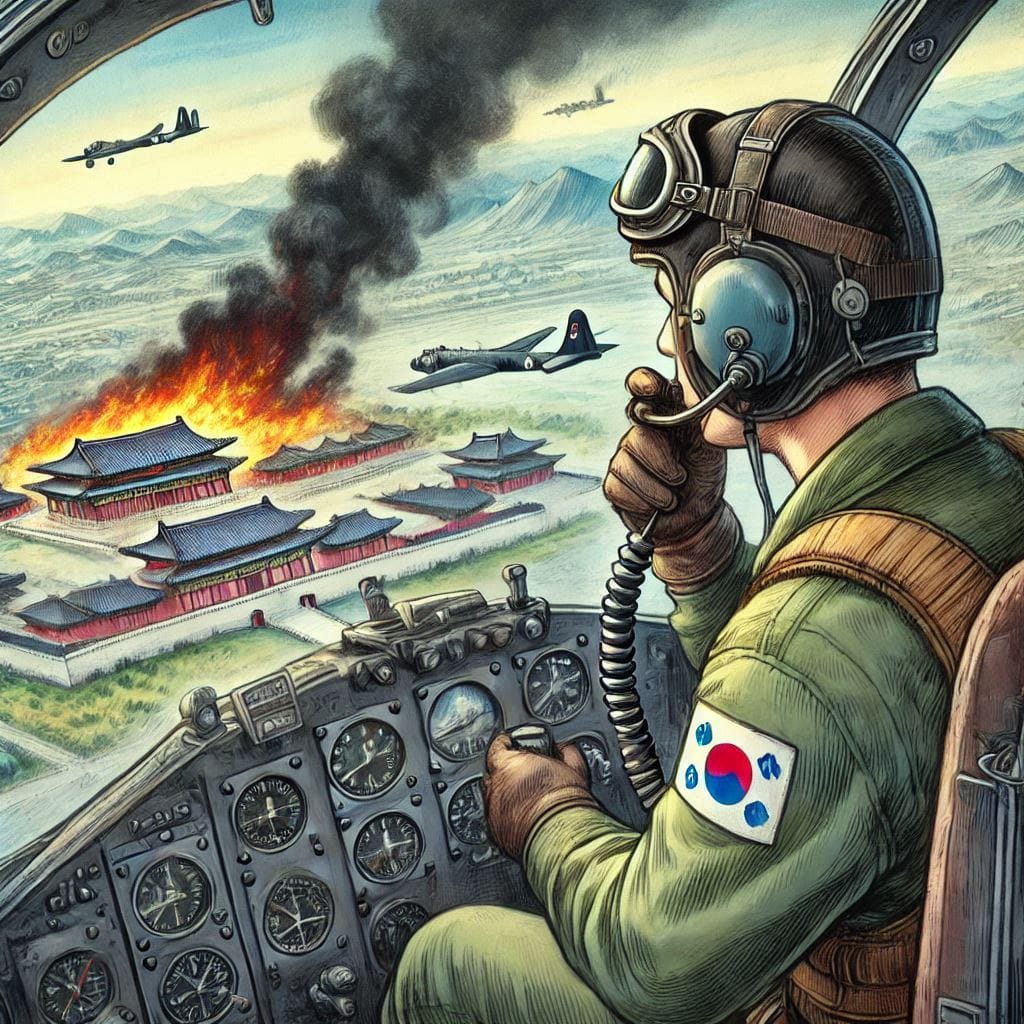


Gyeongbokgung (left) vs. Changdeokgung (right)
From 1392 to 1910, the Joseon Dynasty lasted 518 years and was the last dynasty on the Korean Peninsula. In Seoul, there were five main palaces from this period. Among them, three have been well restored, and Gyeongbokgung Palace is undoubtedly the most visited by foreign tourists. However, during the Japanese Samurai invasion in 1592, which led to an eight-year war, both Gyeongbokgung and Changdeokgung were burned down then. After the war ended, only Changdeokgung was rebuilt, while Gyeongbokgung remained in ruins until the late 19th century (🎯 the Gyeongbokgung we are currently seeing was rebuilt in 1873 at the will of the last Joseon Dynasty). As a result, the remaining approximately 300 years of late Joseon history were primarily recorded at Changdeokgung rather than Gyeongbokgung.
In the meantime, Koreans take immense pride in our 5,000 years of recorded history. Throughout this long history, Korea has faced numerous invasions but maintained its independence as a sovereign nation until Japan began its colonial rule in 1910. Generally, Koreans learn about three major periods of war throughout our 5,000-year history: first, the Mongol invasions in the mid-13th century, which devastated the country for about 30 years; second, the eight-year conflict with Japanese Samurai in the late 16th century; and finally, the significant conflict of the modern era, the Korean War, which lasted for three years.


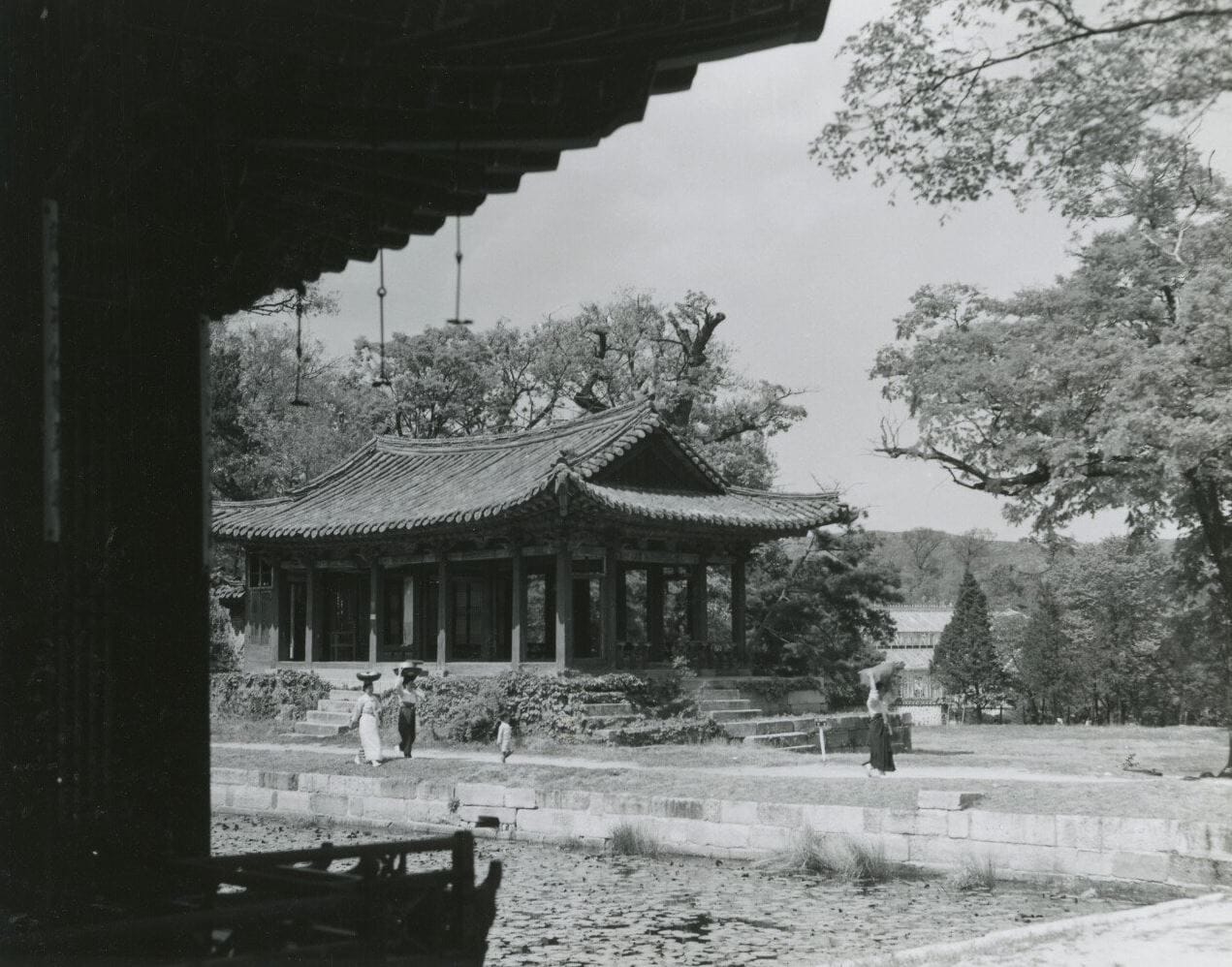


The appearance of Changdeokgung's Secret Garden captured by an American war correspondent right after the Korean War. In particular, "550" years on the announcement board (on the bottom left) implies these black and white photos were taken in 1955, as this Palace had been first built in 1405.💡
During the recapturing operation of Seoul in the Korean War, many buildings in Gyeongbokgung were heavily damaged by air bombing,😭 while fortunately, Changdeokgung survived relatively unscathed. This is likely why Changdeokgung was designated a UNESCO World Heritage Site in 1997. Notably, the Secret Garden within Changdeokgung, which served as a private space for the king and his family, still retains its wooden structures that echo centuries of history.
However, visitors cannot freely access the Secret Garden whenever they wish. To preserve and manage this area, the government has implemented a time-based viewing system that requires visitors to be guided by its in-house guides. Tickets to enter the Secret Garden must be purchased separately from the Changdeokgung admission ticket. Acquiring these tickets can be as challenging as securing tickets for a K-pop concert,🤣 especially on weekend days in October or November when the autumn foliage is at its most beautiful. Each guided session is limited to 100 guests: 50 tickets are available online, while the remaining 50 are sold on a first-come, first-served basis at the site. (👉 See the booking site )

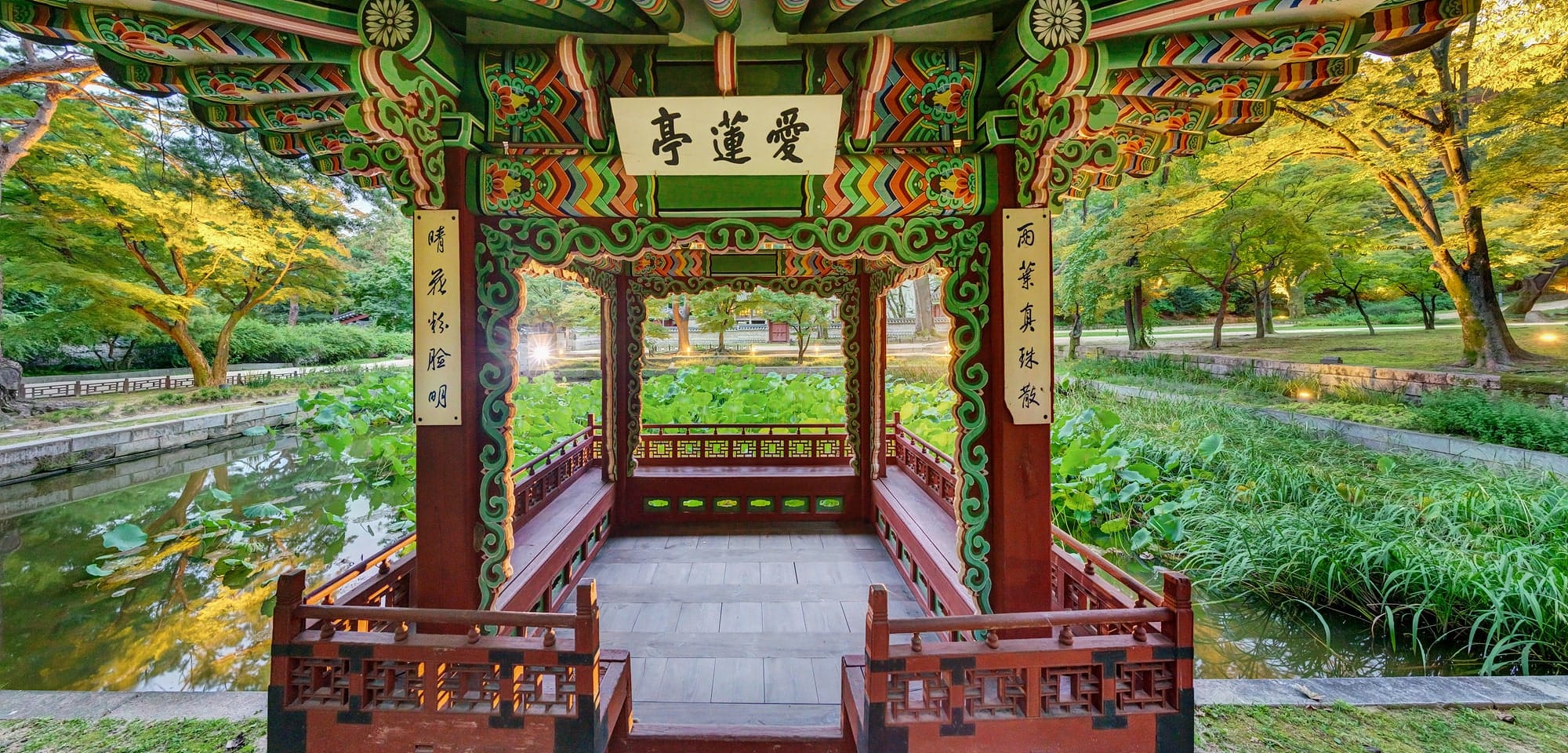
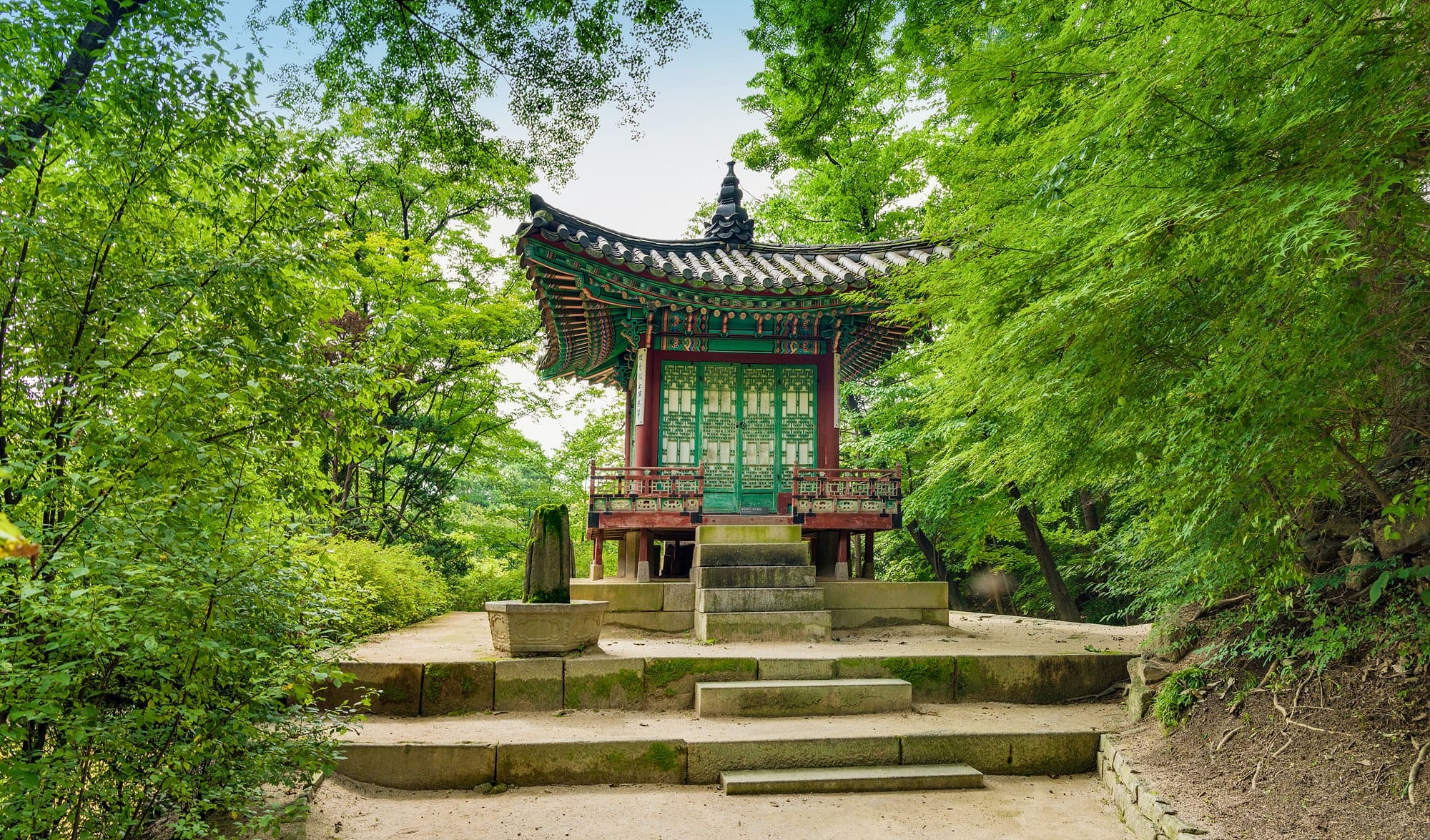


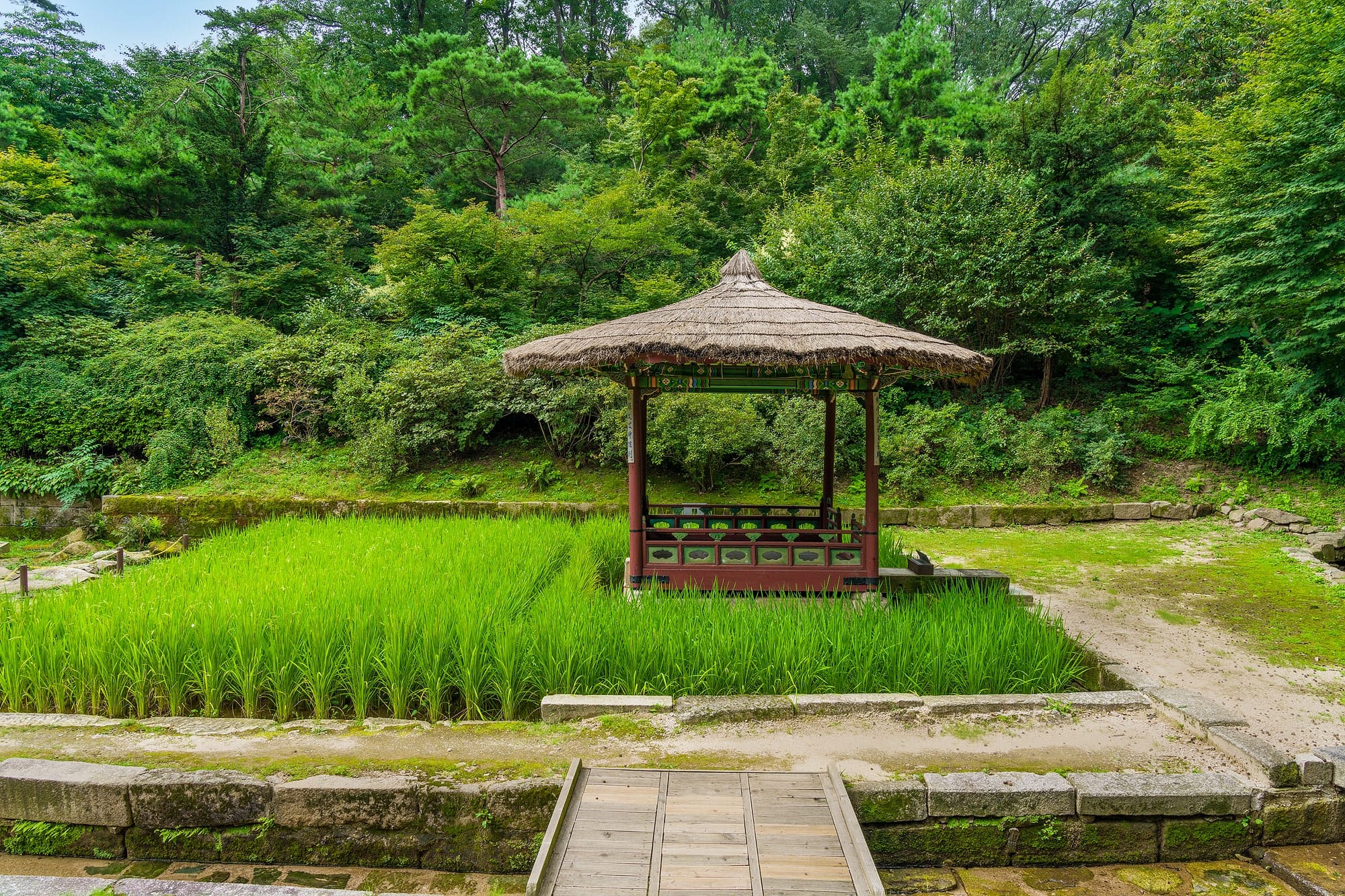

The Secret Garden of Changdeokgung features various types of pavilions with roofs in shapes like cross, hexagon, and square. Some roofs are uniquely made from woven rice straw, and the floors also come in diverse forms, including fan-shaped designs.
For detailed information about the Secret Garden, visitors can refer to the official website of the Korean government or listen to the explanations provided by in-house guides during their tour. In the grand scheme, the kings of the Joseon Dynasty built pavilions in beautiful natural settings, where they pursued intellectual pleasures through scholarly discussions and poetry. To achieve this, many pavilions were constructed within the Secret Garden, along with artificial ponds.

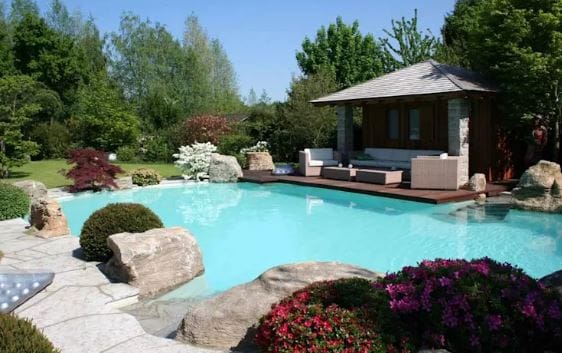
Do the traditional Korean and European pavilion styles seem pretty similar this time, huh? 😅
Foreigners often interpret traditional Korean pavilions as equivalents to Western pavilions. However, Korean pavilions harmonize beautifully with nature and serve not only as spaces for socialization and relaxation but also as places for self-reflection and intellectual development. I encourage you to make the most of your hard-earned tickets to the Secret Garden, enjoy the beautiful Korean landscapes and genuine wooden structures, and pursue the same intellectual pleasures as our ancestors did.👍👍✔️




Comments ()